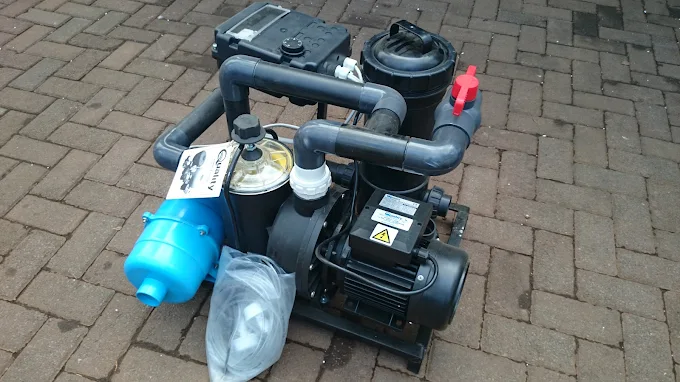
The journey of dental oral sedation is one marked by innovation, adaptation, and a growing understanding of patient comfort. For centuries, people have searched for ways to minimize pain and anxiety during dental treatment. What began with rudimentary herbal remedies has evolved into a field supported by medical science, professional training, and cutting-edge technology. Understanding the history of oral sedation in dentistry helps contextualize its current role in providing safe and effective care.
Early Practices in Pain Management
In ancient times, managing dental pain involved crude tools and natural substances. Herbal concoctions and alcohol were commonly used to dull discomfort during dental procedures. While these early methods lacked precision, they laid the groundwork for the idea that patient comfort could be addressed pharmacologically. Oral sedation, even in its most primitive form, had its roots in humanity’s persistent efforts to ease suffering.
The Rise of Sedation in Modern Dentistry
The 19th and early 20th centuries saw remarkable advances in dental anesthesia and sedation. The use of nitrous oxide in the mid-1800s introduced a more predictable method for reducing pain and anxiety. However, it wasn’t until the later part of the 20th century that oral sedation in pill form became a widely accepted and regulated method. Dentists began to recognize its value in addressing dental fear and performing more extensive treatments in fewer visits.
Oral Sedation Today: A Trusted Technique
Today, oral sedation is a common and trusted approach in dentistry. It involves administering anti-anxiety medications like benzodiazepines before a dental procedure. Patients remain conscious but deeply relaxed, often with little memory of the experience. This form of sedation is especially beneficial for individuals with moderate anxiety, a sensitive gag reflex, or difficulty sitting still for long periods.
Safety Through Education and Training
One of the most significant improvements in oral sedation has been the introduction of formal training programs and safety guidelines. Dental professionals undergo specific courses, such as IV Sedation Courses, to ensure they understand dosage, drug interactions, and patient monitoring. Even when only oral sedatives are used, comprehensive knowledge is crucial for ensuring safety.
Emergency Preparedness: ACLS vs BLS
With the integration of oral sedation into mainstream dental practice, emergency preparedness has become essential. Understanding the roles of ACLS vs BLS ensures that dental professionals are equipped to handle complications. BLS focuses on basic life support techniques, including CPR and airway management, while ACLS covers more advanced interventions involving medications and cardiac care.
The Role of Local Anesthesia in Conjunction with Sedation
While oral sedation addresses anxiety, local anesthesia tackles the physical sensation of pain. The combined use of both methods creates a seamless and comfortable experience for patients. Professionals who complete local anesthesia ce courses for dental hygienists are well-positioned to deliver more comprehensive care under the supervision of a licensed dentist.
Oral Sedation’s Impact on Modern Dental Care
Oral sedation has fundamentally changed how dental care is delivered. It allows for more efficient appointments, enabling dentists to perform multiple treatments in a single session. For patients who have avoided the dentist due to anxiety or previous traumatic experiences, oral sedation offers a pathway back to regular dental care, ultimately improving their long-term health.
The Continuing Evolution of Sedation Practices
The history of oral sedation reflects an ongoing commitment to enhancing patient care. As new medications and delivery methods are developed, the importance of continuing education cannot be overstated. Courses such as IV Sedation Courses, ACLS vs BLS, and local anesthesia ce courses for dental hygienists ensure that dental professionals stay up to date and provide the safest experience possible.
Conclusion: A Legacy of Care and Innovation
The history of dental oral sedation is a testament to the field’s progress in addressing patient needs. From herbal remedies to medically supervised treatment, oral sedation has become a reliable and transformative tool in dentistry. Ongoing advancements and education will continue to shape its role in providing compassionate, anxiety-free dental care.
FAQs about Oral Sedation in Dentistry
When did oral sedation become popular in dentistry?
Oral sedation gained popularity in the late 20th century as anti-anxiety medications became widely available and regulations for their use were established.
What medications are commonly used for oral sedation?
Benzodiazepines like diazepam or triazolam are typically prescribed to induce relaxation and reduce anxiety before dental procedures.
Do dental professionals need special training for oral sedation?
Yes, understanding safe administration and emergency preparedness is vital. Many professionals undergo IV Sedation Courses and stay certified with ACLS vs BLS.
Can oral sedation be combined with local anesthesia?
Absolutely. Local anesthesia CE courses for dental hygienists prepare providers to administer anesthetics safely alongside sedation for comprehensive care.
Is oral sedation safe for all patients?
While it’s safe for most, thorough medical evaluations are required to determine if oral sedation is appropriate based on individual health conditions and medication history.





